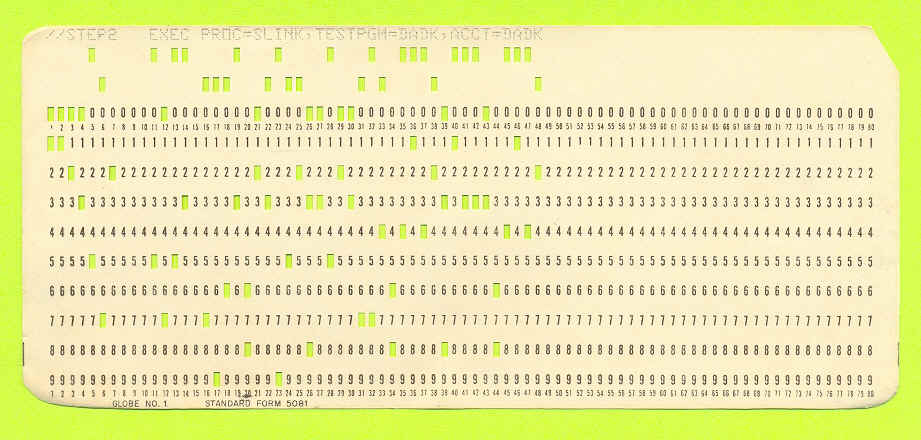Bloomberg Business Week published an interesting story – Big Tech Problem as Mainframes Outlast Workforce. Some facts about IBM mainframe business: aged workforce (55-60), 4,000-5,000 customers, $3.4B revenues, margin 70%. A very interesting business…

This article made me think about some aspects related to aged product development systems, procedures and workforce.
Manufacturing Outlast Workforce
It is not a secret that engineering and manufacturing software wasn’t in the top computer science league for the last 10-15 years. In my view, CAD companies invested a significant amount of time to higher demand for people coming into engineering space. Nevertheless, manufacturing companies workforce is aging.
Product Data Legacy
Engineering and Manufacturing companies are operating a significant amount of legacy software. This software was developed during the last 20-30 years, and many companies are continuously relying on these systems for their daily operation. In addition to that, lots of data management artifacts are loosely managed in multiple legacy, office, excel and other environments.
PLM Slow Ramp-up
The introduction of new product data management and PLM systems has a very slow rate. Modern PLM systems have a very long initial implementation cycle time. Together with customizations and adaptation period it takes years to get them operate on the level that will allow replacement of old legacies.
What is my conclusion? I think, companies will start to think about how not to lose data and non-documented working procedures sooner or later. A lot of product development and manufacturing procedures exist in the people heads and legacy data management systems. Some of them can be just lost. Some of them may cause company liability cases. Do you see it as a problem? What is your company doing with regards to that?
Just my thoughts…
Best, Oleg









